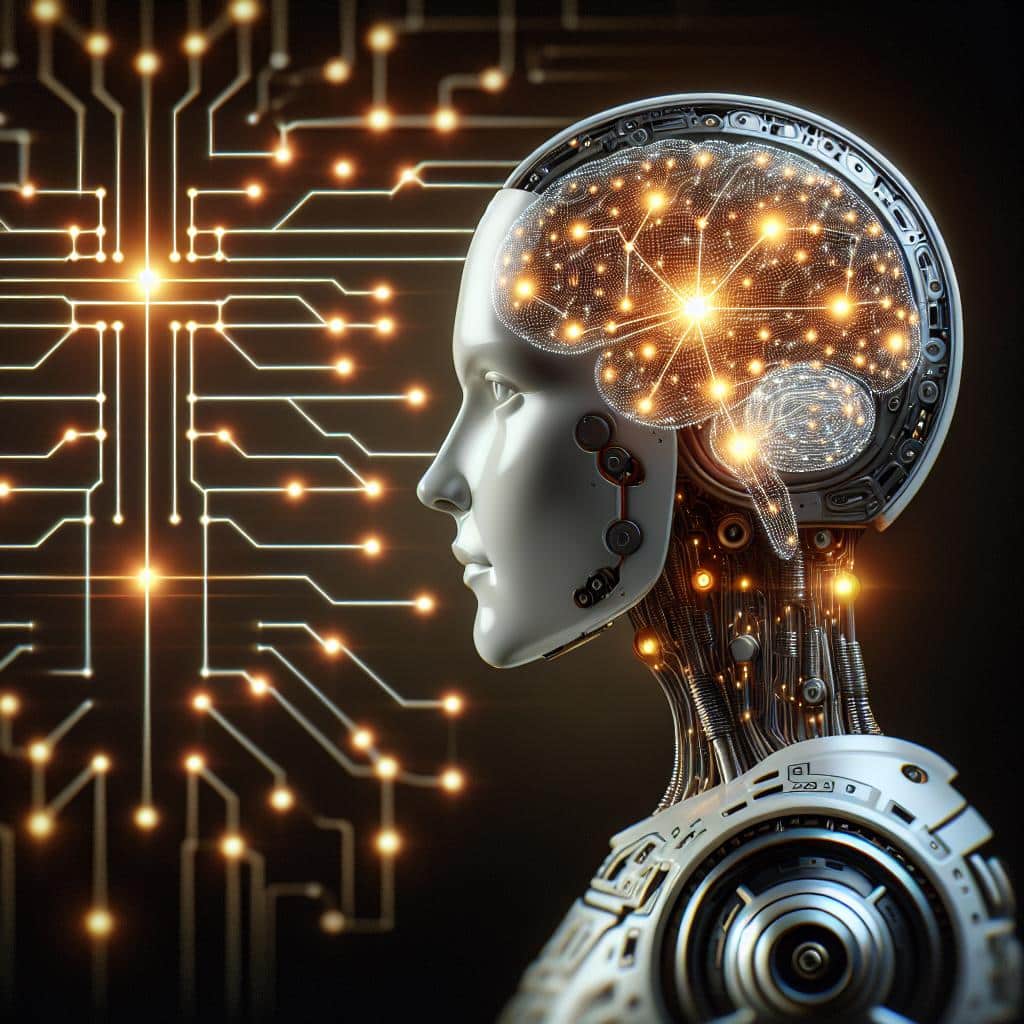In a world where artificial intelligence (AI) is increasingly woven into the fabric of our daily lives, the language surrounding this burgeoning field evolves almost as swiftly as the technology itself. This linguistic evolution brings with it several intriguing concepts, terms, and phrases that signify not just technical jargon but also reflect cultural shifts and the very essence of human-computer interaction. As we delve into the world of AI words, we’ll explore their meanings, implications, and the overall impact they have on our language and understanding of technology.
Understanding AI Terminology
AI terminology often requires breaking down complex ideas into more digestible phrases. Suppose you are new to the realm of artificial intelligence. In that case, familiarizing yourself with foundational terms is crucial to navigating discussions and literature related to this captivating field. Below is a helpful table summarizing key AI terms and their meanings.
| Term | Definition |
|---|---|
| Machine Learning | A subset of AI that enables systems to learn from data and improve their performance over time. |
| Natural Language Processing (NLP) | The field of AI that focuses on the interaction between computers and humans through natural language. |
| Neural Networks | Computational models inspired by the human brain that are used to recognize patterns and make decisions. |
| Deep Learning | An advanced form of machine learning that uses neural networks with multiple layers to analyze various levels of abstraction. |
The Role of AI Words in Everyday Language
Words related to AI have begun permeating everyday conversations, from casual chats to professional discussions. Terms like “smart contracts,” “chatbots,” and “predictive analytics” are common lexicon for businesses seeking efficiency through advanced technologies. It’s fascinating to observe how such terms can bridge the gap between the technical and the layman’s understanding, thus fostering greater public engagement in technology.
Moreover, the incorporation of AI vocabulary into popular culture signifies a notable shift. Movies, books, and even advertisements employ AI-related language to connect with audiences. This trend not only boosts awareness but also cultivates curiosity about the underlying technologies that may soon become household norms. For in-depth insights on how language influences technology perception, check out Stanford’s research on language and AI.
Challenges and Misunderstandings in AI Communication
Despite the growing prevalence of AI terminology, misunderstandings persist. Many people equate AI with sentience or human-like intelligence, leading to unrealistic expectations and apprehensions about the capabilities of machines. This misconception highlights the necessity for clarity when discussing AI-related concepts.
Furthermore, as the field continues to evolve, new terms emerge, often without a standardized definition, causing confusion. Thus, it is essential to promote education and open dialogue regarding AI terms, ensuring that accurate information is disseminated. For an insightful exploration of how technology shapes our perceptions, visit MIT Technology Review.
My Opinion: The Impact of AI Vocabulary
The vocabulary of AI serves as a bridge that connects the technical world with the human experience. By understanding these terms, we can foster productive discussions about the future of technology and its implications for society. As we continue to invent, innovate, and navigate an increasingly digital world, we must remain aware of the language we use and its power to shape our perspectives.

